1. The Impact of Bird Flu on Poultry Farmers and Their Livelihoods
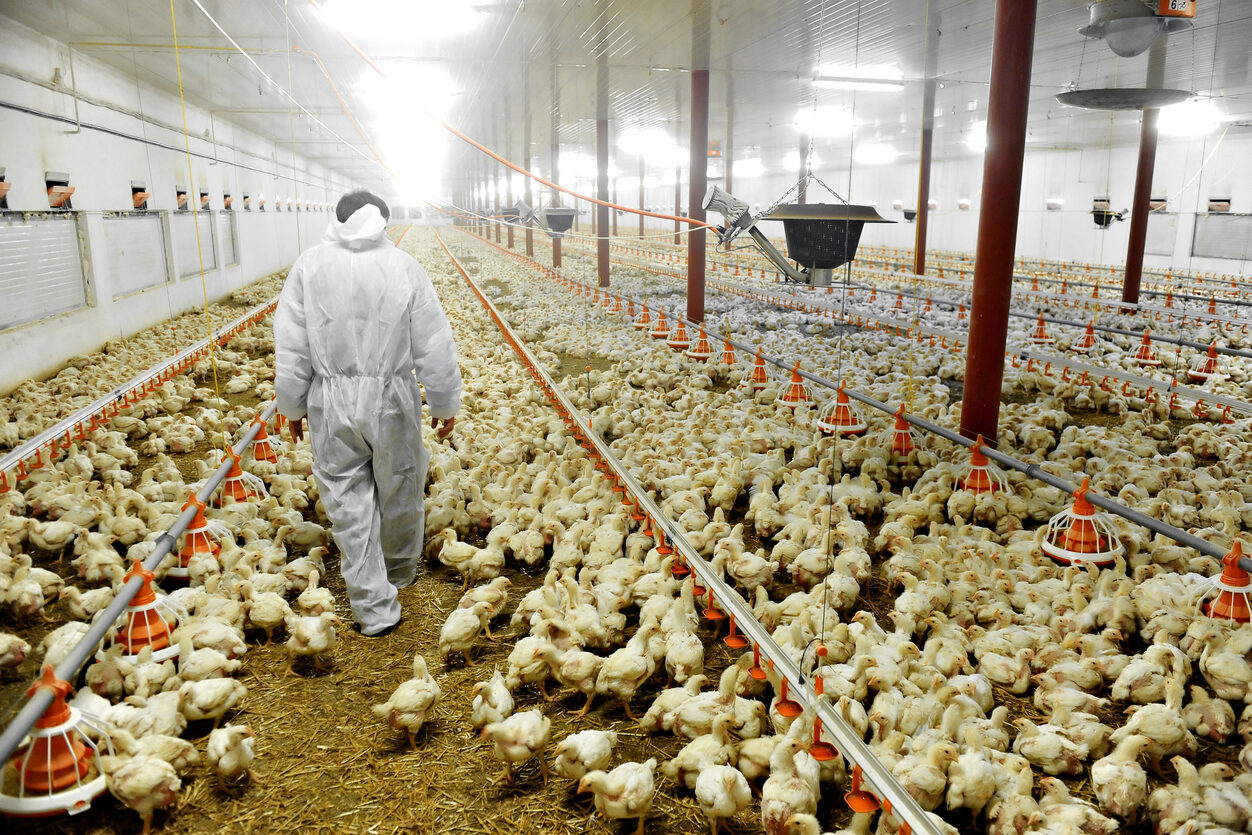
The latest bird flu outbreak has placed poultry farmers in a precarious position, significantly disrupting their operations. According to Investigate Midwest, with millions of birds being culled to prevent the spread of the virus, farmers are facing financial ruin. The culling process not only results in immediate loss of income but also incurs additional costs, including the disposal of dead animals, disinfection of farms, and securing new stock when the outbreak subsides. Many small-scale poultry farmers, who rely on their flocks for a steady income, are left scrambling to find ways to recover their losses. This financial blow is particularly devastating for farmers already operating on thin margins.
Furthermore, the unpredictability of bird flu outbreaks creates a climate of uncertainty for farmers. Even after an outbreak has been contained, the potential for future outbreaks looms large. This constant uncertainty can deter investment in the poultry sector, making it more difficult for farmers to maintain operations. Additionally, many farmers rely on government compensation for the loss of their animals, but this aid is often insufficient to fully recover the financial losses they face. With the global economy also being affected, the financial strain on poultry farmers is likely to persist, creating long-term challenges for the industry.
2. Disruptions in the Poultry Supply Chain and Rising Prices
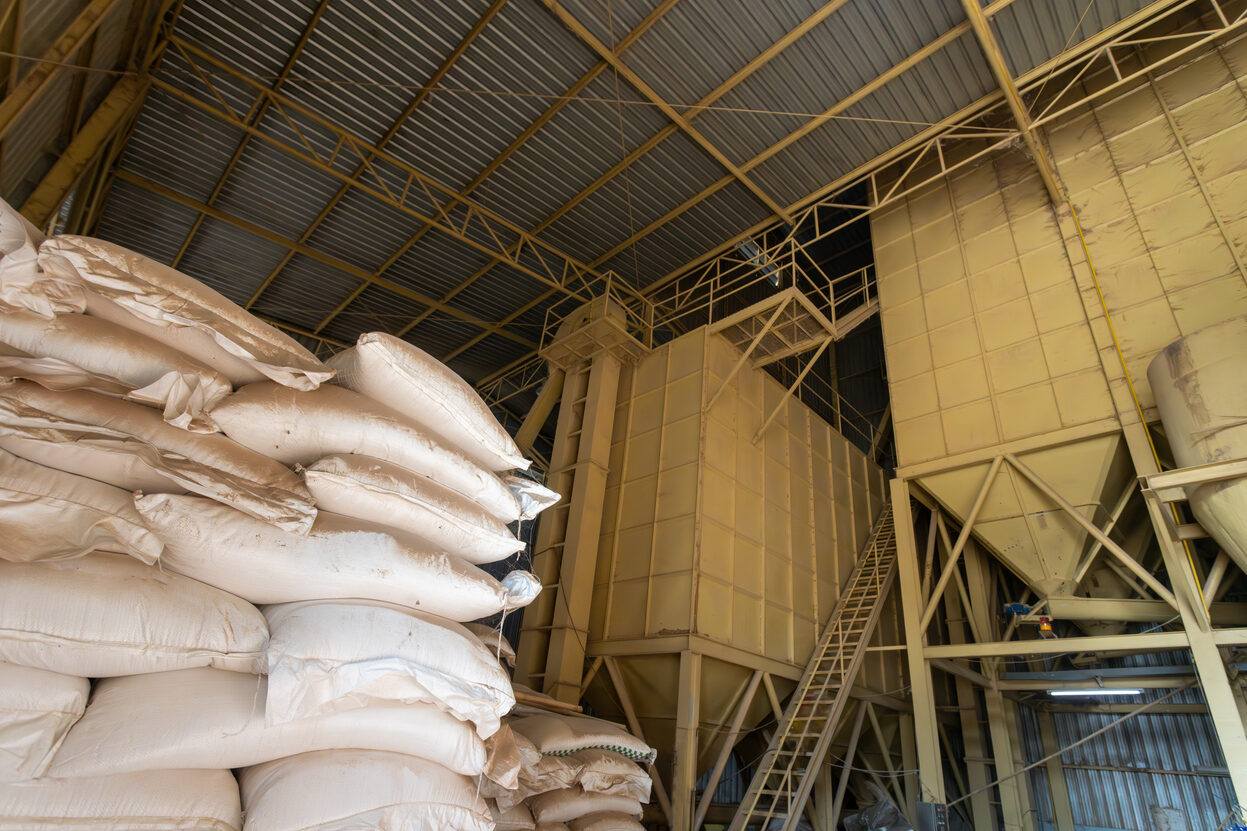
One of the most immediate consequences of bird flu outbreaks is the disruption to the poultry supply chain, which inevitably leads to higher prices for consumers. The culling of large numbers of birds, combined with restrictions on the movement of live poultry, creates a shortage of available poultry products in both domestic and international markets. The shortage of eggs and chicken leads to price increases, putting pressure on consumers, particularly in regions where poultry is a primary protein source. In some areas, the price hikes have been significant, making chicken and eggs less affordable for lower-income households.
The USA Facts report indicates that as demand remains steady or even increases, poultry producers struggle to meet the needs of consumers. This not only affects the price of poultry itself but also causes prices to rise in related sectors. For example, processed foods that use poultry as an ingredient, such as chicken nuggets, sausages, and deli meats, may also become more expensive. Even restaurant menus that feature poultry-based dishes may see price hikes as businesses attempt to offset the increased cost of their ingredients. For consumers in lower-income brackets, these price increases can lead to nutritional insecurity, as poultry becomes too expensive, and they are forced to seek cheaper, less nutritious alternatives.
3. Economic Strain on Farmers: Subsidies vs. Market Failures
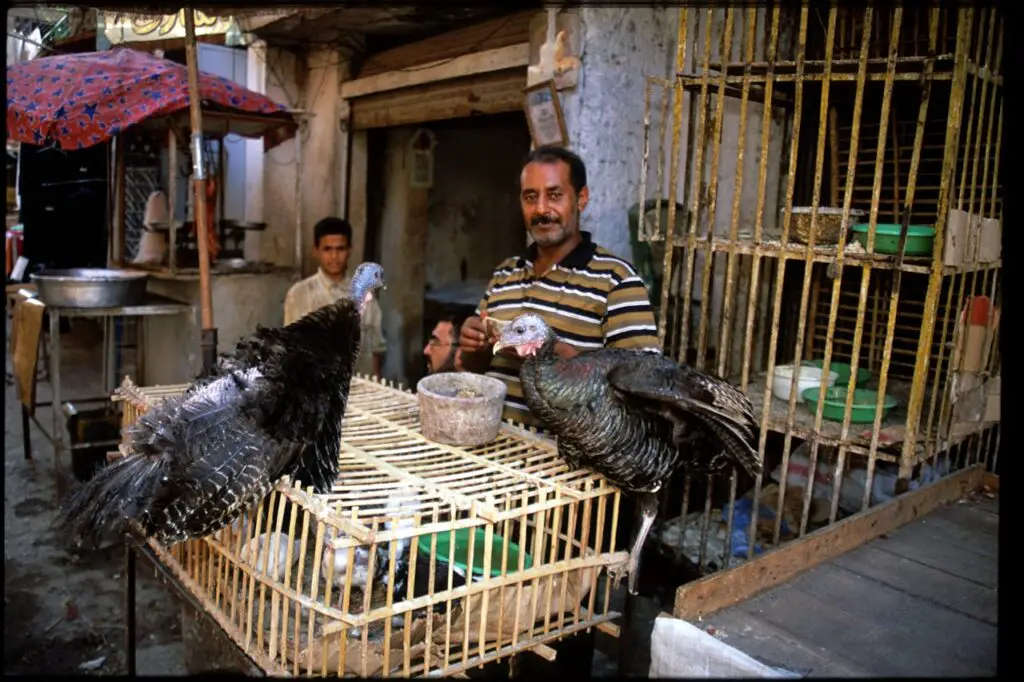
As the bird flu outbreak devastates poultry farmers, many look to government subsidies and support to help them stay afloat. However, the effectiveness of these subsidies varies widely depending on the country and the scale of the outbreak. In some regions, government compensation for the loss of poultry is not enough to cover the full cost of culling flocks and cleaning farms, leaving farmers with substantial financial deficits. In countries where subsidies are insufficient or delayed, farmers may face bankruptcy, unable to recover from the shock. Additionally, market failures, such as oversupply or lack of demand due to public health fears, make it difficult for farmers to find new ways to generate income.
On the other hand, government subsidies, when appropriately implemented, can provide temporary relief. According to CDC, some governments offer financial support to help farmers clean and disinfect their facilities, restock their farms with new birds, and resume production. However, the long-term sustainability of these subsidies remains a concern, especially for small-scale farmers who rely on consistent poultry production to maintain their livelihoods. The larger question is whether subsidies and other support mechanisms can truly help farmers recover from the multi-faceted economic impact of a bird flu outbreak or if broader industry reforms are necessary to stabilize poultry farming.
4. Public Health Risks and the Potential for Human Infection
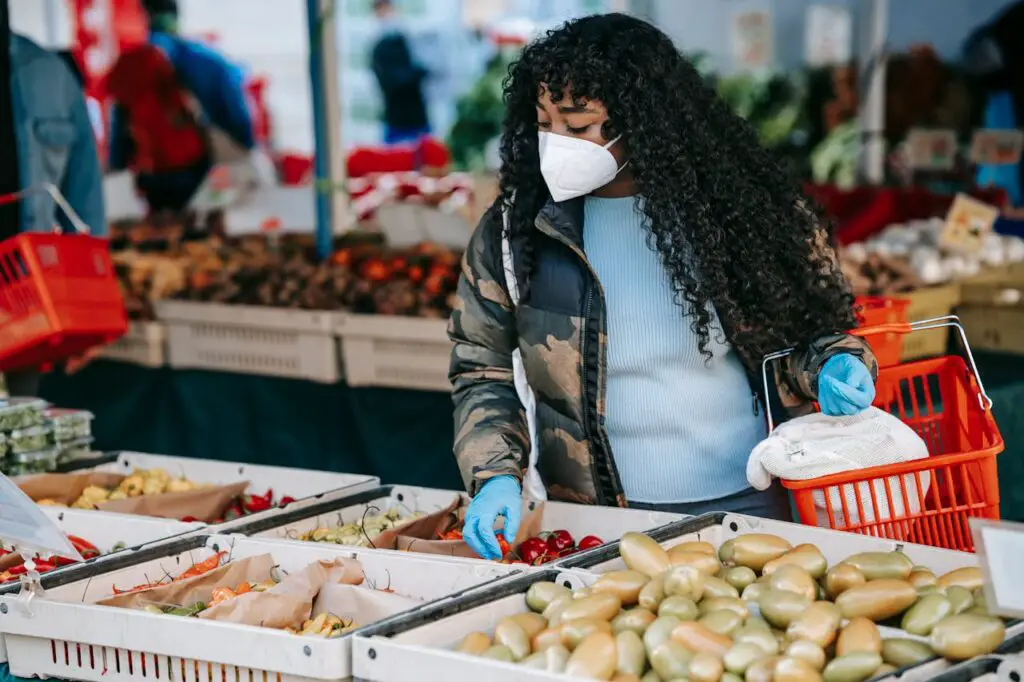
While bird flu primarily affects birds, there are concerns about its potential to spill over into humans. The latest outbreak has raised alarms among public health officials due to the possibility of the virus mutating in ways that allow it to more easily infect people. While human cases of bird flu are rare, the risk increases when people come into close contact with infected birds or their contaminated environments, according to Gavi. For farmers and workers in the poultry industry, the risk of exposure is particularly high. Public health organizations have ramped up efforts to monitor for signs of human infection and provide guidance on safety measures for workers, including protective clothing, biosecurity protocols, and proper sanitation.
Health experts are closely watching for any mutations in the virus that could allow it to spread more easily between humans. A mutation of this nature could have devastating consequences, leading to the potential for a new pandemic. Governments around the world are preparing for such scenarios by stockpiling antiviral medications, developing vaccines, and ensuring that healthcare systems are ready to handle a surge in cases. However, the human impact of the latest bird flu outbreak remains limited for now, and much depends on how the virus evolves in the coming months.
5. Job Losses and Reduced Employment Opportunities for Farm Workers
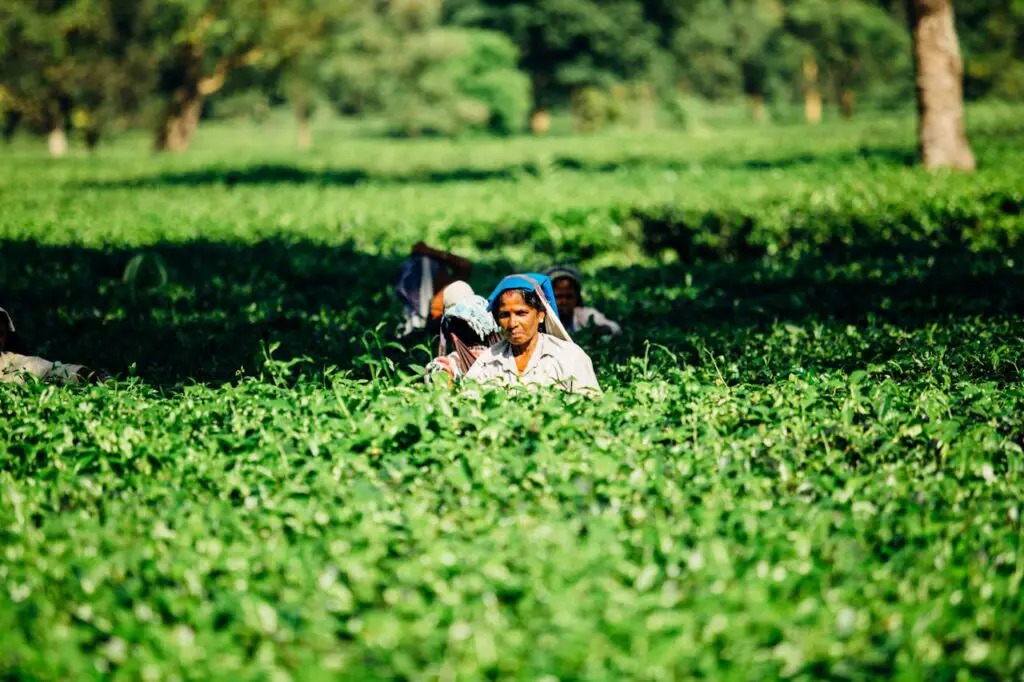
In addition to the financial struggles faced by poultry farmers, the bird flu outbreak is also leading to significant job losses in the poultry industry. When farms are forced to cull their birds, processing plants are often shut down, and farm workers face layoffs. Many workers in the poultry sector have no immediate source of income as they wait for farms to reopen or for the industry to recover. In some cases, workers are temporarily reallocated to other areas within agriculture, but the scarcity of available positions means that the overall unemployment rate in affected regions may rise.
Moreover, the fear of the virus spreading can deter workers from returning to their jobs. Many workers are understandably concerned about the health risks involved, especially if they have families or pre-existing health conditions, according to CBS News. Even if the bird flu outbreak does not affect human health directly, the psychological toll on farm workers and their families can be significant. The loss of income and the anxiety over future outbreaks create an uncertain and unstable work environment, further exacerbating the negative economic impact of the outbreak.
6. Supply Chain Challenges for Egg Producers and Retailers

Egg producers, who are heavily impacted by bird flu outbreaks, face unique challenges during these crises. A significant number of egg-laying hens may be infected and subsequently culled, leading to a sharp reduction in egg supply. As eggs are a major dietary staple in many regions, particularly for breakfast and baking, shortages can lead to sharp price increases. Retailers struggle to keep egg prices affordable while also ensuring that they maintain their profit margins. The supply chain disruptions created by these shortages can lead to empty shelves in grocery stores, and consumers are forced to find alternative sources of protein.
Additionally, the lack of egg availability affects food manufacturers and businesses that rely on eggs as a key ingredient. This can cause delays in production as well as rising costs for bakeries, snack food manufacturers, and other food processing companies, according to Forbes. For restaurants that specialize in egg dishes, the cost of procuring eggs may result in menu price increases, or in some cases, the removal of certain items from the menu altogether. This creates a frustrating scenario where both consumers and businesses feel the financial burden of rising egg prices, with no immediate solution in sight.
7. Challenges for International Trade and Poultry Exports
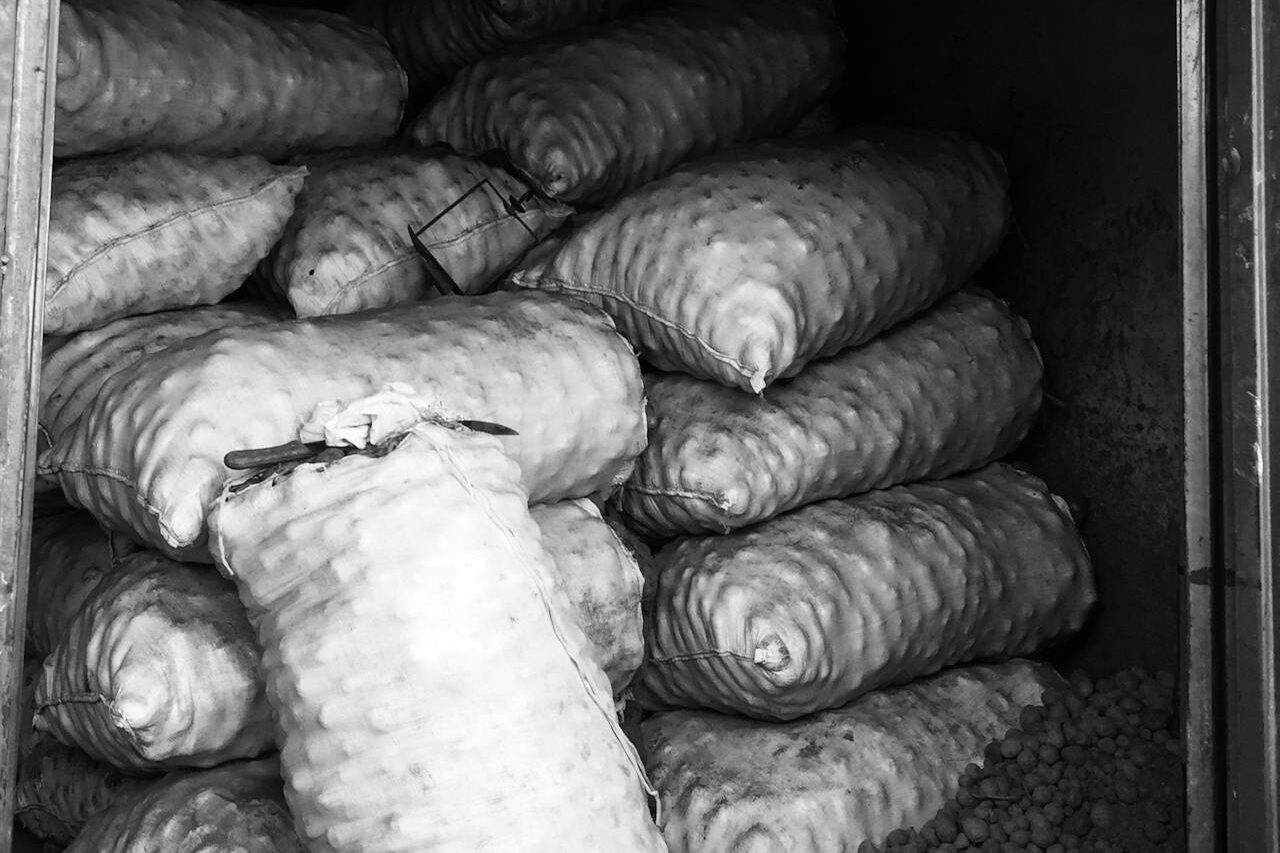
The latest bird flu outbreak has significantly impacted the international poultry trade. Many countries have imposed temporary bans on poultry imports from countries experiencing outbreaks in an effort to prevent the spread of the virus. This creates serious disruptions for both exporters and importers of poultry products. Poultry-producing countries that rely on export markets are faced with the reality of lost income as their goods are rejected or delayed at borders. The restrictions are particularly detrimental to countries with limited domestic poultry production and those that rely on international trade to meet local demand.
For countries that are exporters of poultry, this means a loss of revenue and market share that can take years to recover. The long-term impact of trade disruptions may lead to shifting patterns in global poultry production, where producers in unaffected countries gain a competitive advantage, according to FAO. As countries adjust their trade relationships to account for bird flu outbreaks, the global poultry market may become more fragmented, with countries focusing more on local production to reduce reliance on imports.
8. The Mental Health Toll on Farmers and Their Communities
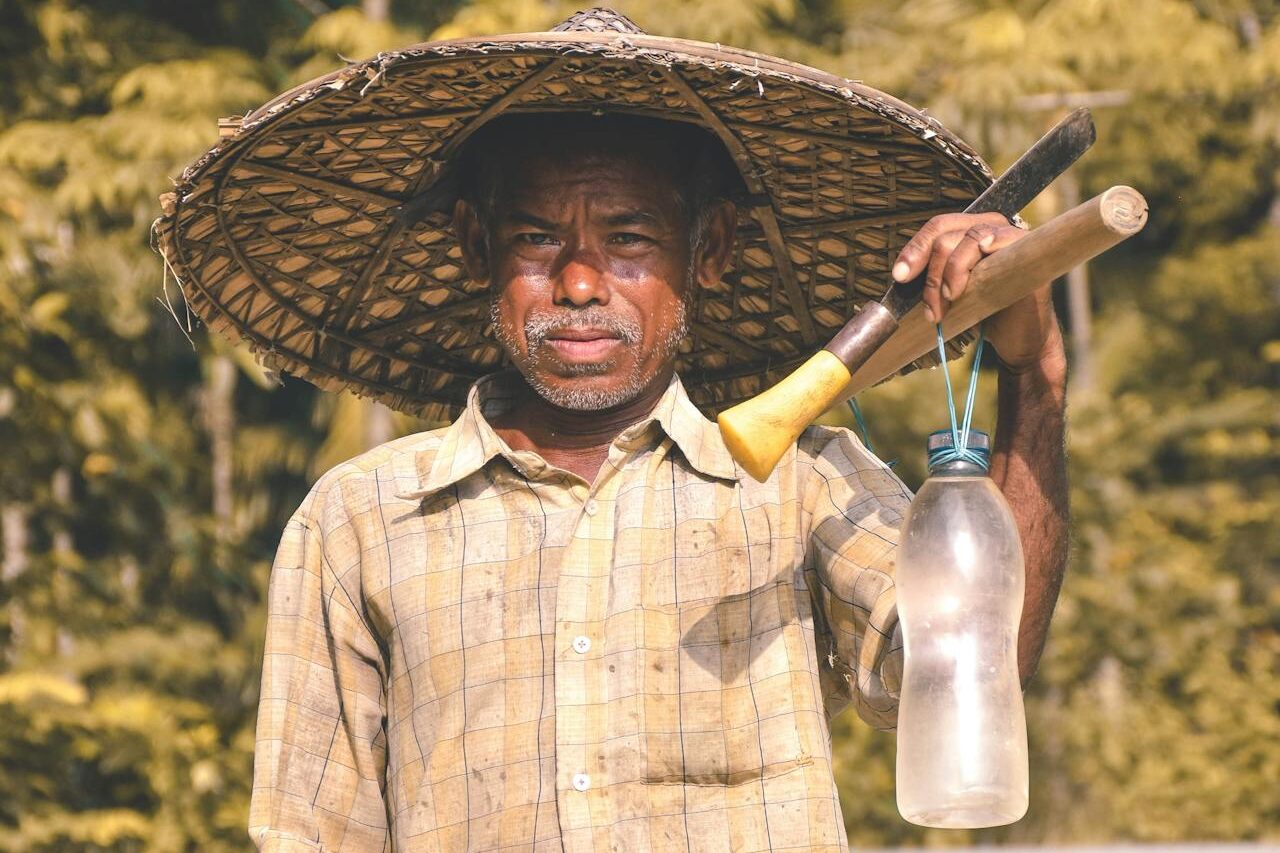
The economic and emotional impact of bird flu outbreaks goes beyond financial losses—it also takes a mental toll on the affected farming communities. Farmers and workers who have to cull their flocks experience significant stress, anxiety, and grief. For many, their livestock is not just a source of income; it’s a way of life and a deeply personal connection. The culling process, while necessary, can feel like a betrayal of the animals they have cared for and nurtured. This emotional strain is compounded by the financial uncertainty of not knowing when, or if, they will be able to recover their losses.
Farmers may also feel isolated during outbreaks, as many work in rural communities far from urban centers. This sense of isolation can lead to depression and burnout, particularly when workers feel that they have no one to turn to for help. In response, mental health organizations have been working to provide support for farmers, offering counseling services and resources to help cope with the psychological challenges of the outbreak. However, the stigma surrounding mental health in farming communities can sometimes prevent individuals from seeking the help they need, further exacerbating the crisis.
9. Government Response and Public Health Interventions

Governments worldwide are implementing various public health interventions to control the spread of bird flu. These interventions include quarantine measures, movement restrictions, and the culling of infected poultry. Authorities also work closely with the World Health Organization (WHO) and the Food and Agriculture Organization (FAO) to coordinate responses and mitigate the spread. On the public health side, efforts include providing protective gear for poultry farm workers, establishing surveillance systems to track the spread of the virus, and ensuring that medical resources are in place should the virus begin to affect humans.
Governments also engage in public health campaigns to educate the general public on the risks of bird flu and ways to protect themselves. For example, health authorities recommend that people avoid direct contact with infected birds and take precautions when handling poultry. In the event of an outbreak, governments may work to ensure that vaccines are distributed to poultry workers and at-risk individuals to reduce the likelihood of transmission to humans. These preventive measures are vital for protecting public health and minimizing the potential for the outbreak to escalate.
10. Long-Term Public Health Monitoring and Preparedness

Even after the immediate threat of the bird flu subsides, public health agencies continue to monitor the virus for potential mutations that could lead to human infections. Surveillance systems are set up to track both animal and human cases, ensuring that any new outbreaks are quickly contained. Additionally, research continues into the development of vaccines for both poultry and humans to prevent future pandemics. This ongoing investment in public health preparedness aims to reduce the risk of future outbreaks and mitigate their impact.
In countries with significant poultry industries, preparedness efforts focus on increasing biosecurity measures, improving veterinary surveillance, and ensuring that resources are available for rapid response. Public health agencies also work to ensure that healthcare workers are trained and equipped to handle potential cases of bird flu in humans. While the immediate risks may seem low, the long-term strategy for managing bird flu is critical for preventing the virus from causing widespread public health crises in the future.
11. Environmental Impact of Bird Flu and Waste Management
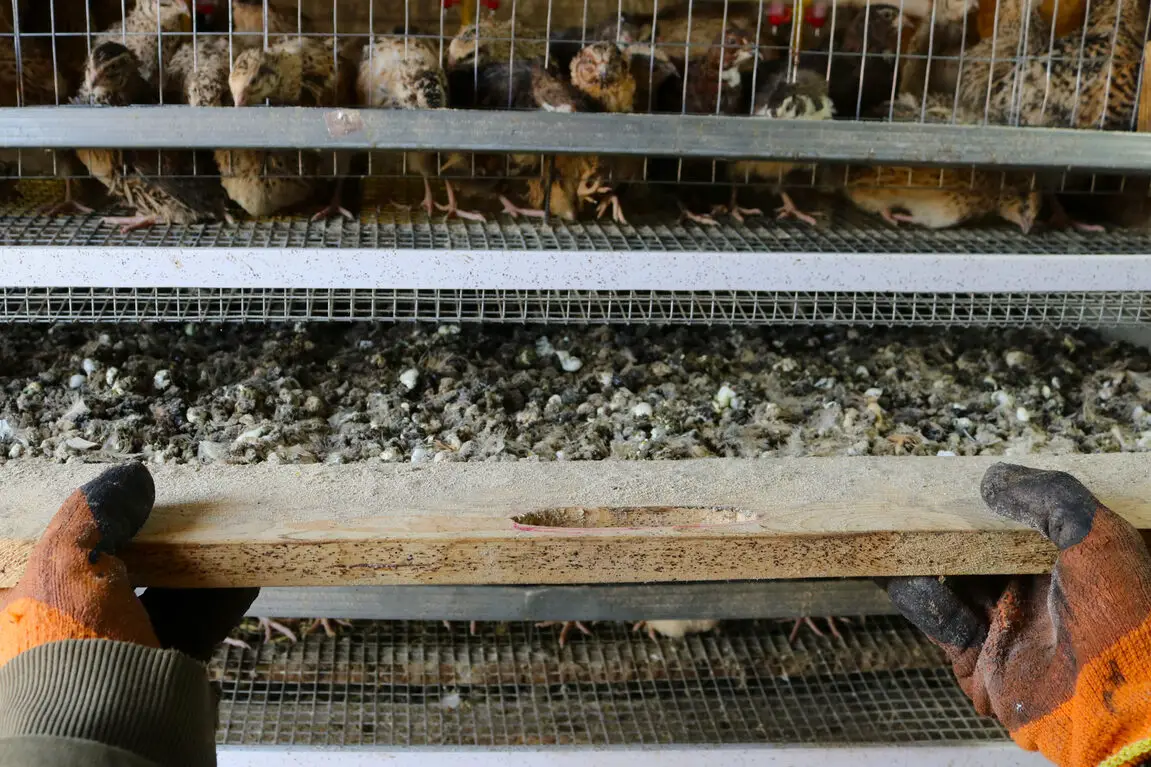
In addition to the human and economic consequences, bird flu outbreaks can have a significant environmental impact. The culling of millions of infected birds requires efficient waste management systems to prevent contamination of soil, water, and air. Improper disposal of dead birds can lead to the spread of the virus to other wildlife or domestic animals. In some cases, carcasses are incinerated, buried, or composted, but these methods must be carefully managed to minimize environmental harm.
In regions where large numbers of poultry farms are concentrated, the accumulation of poultry waste—both dead and living—can pose a serious challenge. Local governments must invest in waste management infrastructure and coordinate with environmental agencies to ensure that disposal methods are effective and safe. This environmental aspect of bird flu management is often overlooked, but it is crucial for preventing further ecological consequences and ensuring that public health is not compromised in the aftermath of an outbreak.
12. The Global Nature of the Bird Flu Crisis: International Cooperation

The bird flu outbreak is not limited to any single country; it is a global issue that requires international cooperation to address effectively. Countries with large poultry industries must work together to share information, implement common biosecurity practices, and coordinate responses to outbreaks. The interconnected nature of global food supply chains means that the effects of bird flu can quickly spread across borders, causing a domino effect in both food prices and public health.
International organizations like the World Health Organization (WHO) and the Food and Agriculture Organization (FAO) play a critical role in guiding countries through the crisis. These organizations offer expertise, funding, and resources to support affected regions and facilitate coordinated responses. Governments also collaborate on research and development of vaccines and treatments, ensuring that the global community is better prepared for future outbreaks. By fostering international cooperation and sharing resources, the global community can mitigate the impact of the bird flu outbreak on farmers, consumers, and public health.
13. Economic Recovery and Moving Forward After the Outbreak
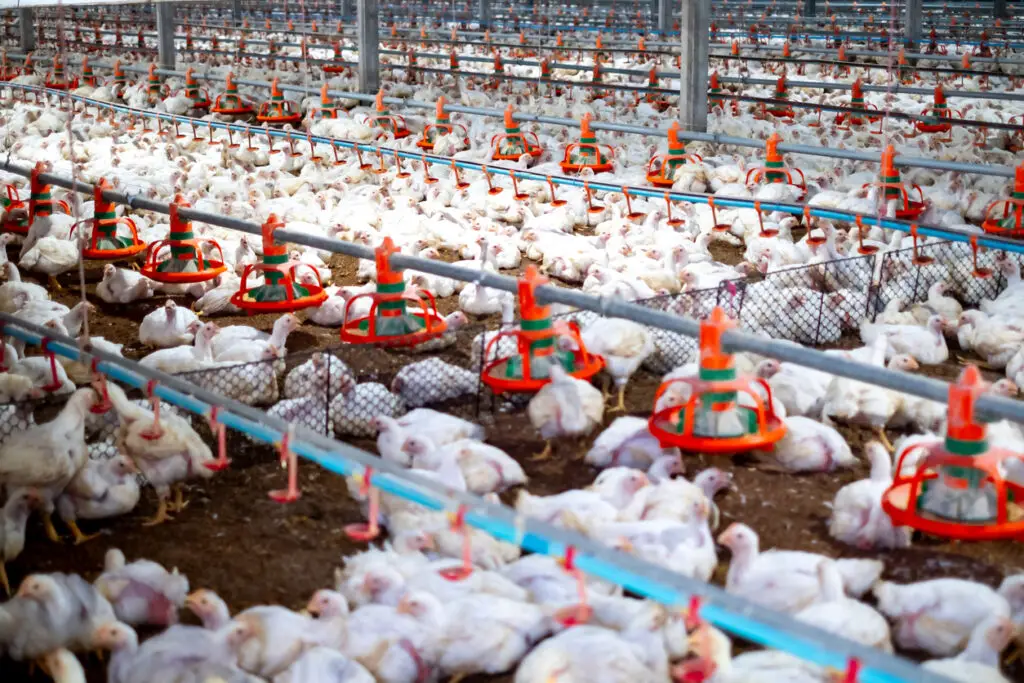
As with many infectious disease outbreaks, recovery from bird flu takes time. Farmers must rebuild their flocks, supply chains need to be reestablished, and prices must stabilize before consumers can return to normal purchasing habits. Economic recovery efforts focus on assisting farmers with restocking, improving biosecurity measures, and reinvigorating the poultry industry. Governments may need to provide additional subsidies or low-interest loans to help farmers rebuild their businesses.
At the same time, the poultry industry will likely undergo long-term changes to increase resilience against future outbreaks. For example, farmers may adopt more advanced biosecurity protocols or diversify their operations to reduce reliance on poultry. These changes, while costly initially, could ultimately lead to a more sustainable and secure poultry industry in the future. In the meantime, the psychological and financial recovery for farmers and workers will require support from both the government and local communities to help them return to their livelihoods and rebuild their businesses.


